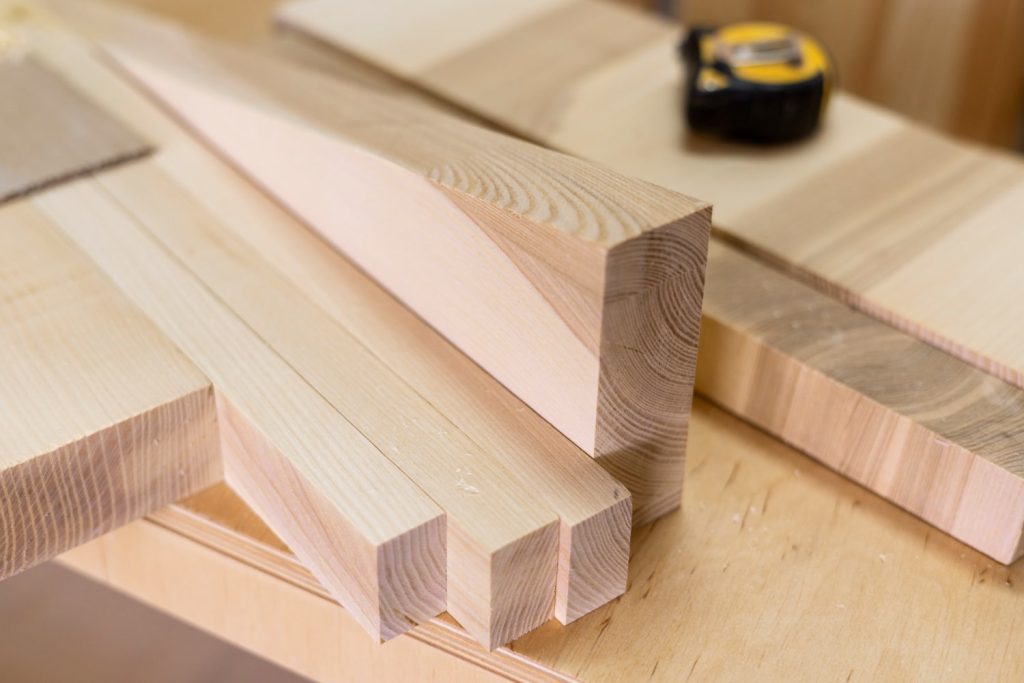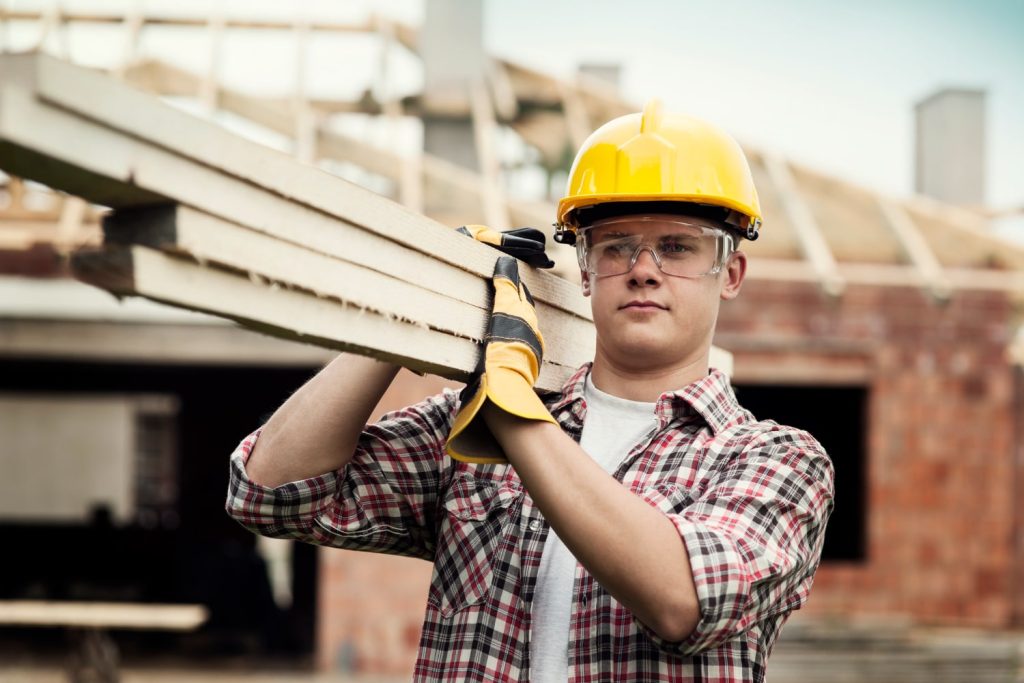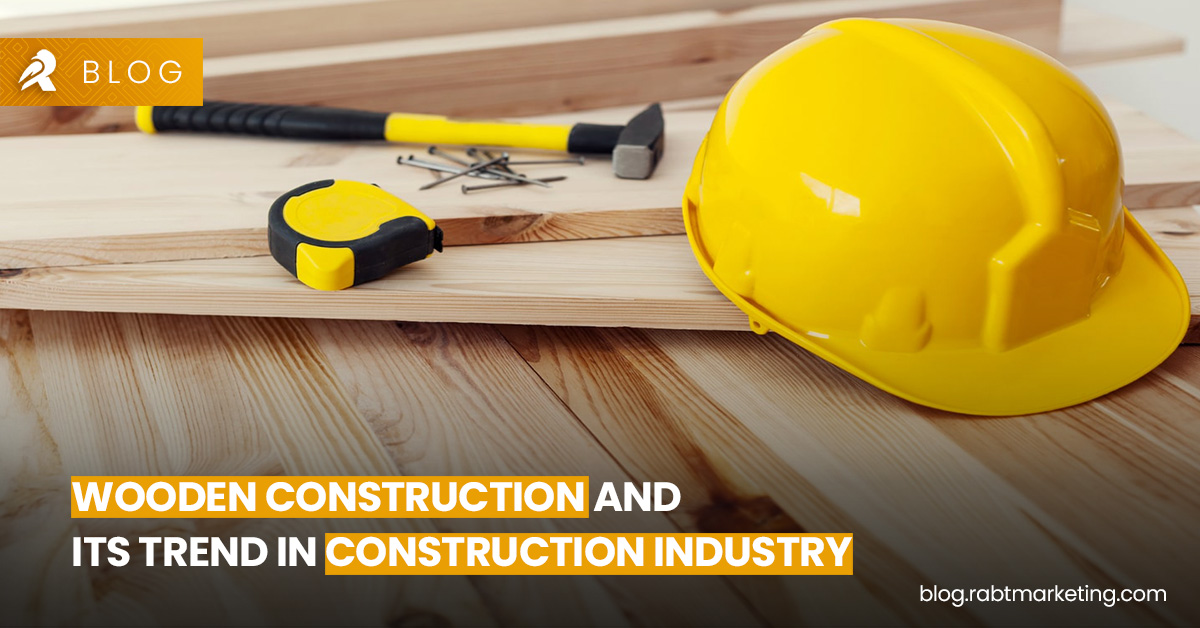Wooden construction is the use of wood as the primary structural material in buildings and other structures. It has a long history, from the earliest human civilizations. However, in recent years, wooden construction has been enhanced globally.
In this article, we will discuss the practices of wooden construction, its modern trends and technological advancements.
Benefits of Wooden Construction

Engineers and architects consider wood as a safe, durable material from the construction point of view. There are multiple advantages of using wood as a construction material.
Versatility
Wood is a versatile material that can be used to create a wide range of architectural styles. It is also relatively easy to work with, which makes it a popular choice for both custom and prefabricated construction. Wood is one of the oldest and most versatile building materials in human history. Despite concrete and steel, wood also has its unique significance as a construction material in buildings and homes.
Sustainability
Wood is a renewable and sustainable resource. It is beneficial for the environment that it absorbs and stores carbon dioxide from the atmosphere. This makes wood construction highly environment-friendly as compared to traditional building materials such as concrete and style.
Strength and durability
Wood is a strong and durable material, especially when engineered for use in construction. Mass timber products, such as cross-laminated timber (CLT) and glued laminated timber (glulam), can be used to build tall and complex structures.
Modern Wooden Construction Techniques
Today, wooden construction is far from the traditional log cabin imagery. Following are a few of the modern wooden construction techniques used in the industry.
Glued laminated timber (Glulam)
Glulam is a mass timber product made from layers of wood that are glued together parallel to the grain. This gives glulam beams and columns exceptional strength and stiffness, making them ideal for use in a variety of construction applications, including structural beams, columns, and arches.
Cross-laminated timber (CLT)
Cross-laminated Timber (CLT) is a mass timber product made from layers of wood that are glued together at right angles. This gives CLT panels exceptional strength and stiffness, making them ideal for use in a variety of construction applications, including walls, floors, and roofs.
Prefabricated Wooden Construction
Prefabricated wooden construction is a process in which the building components are assembled off-site and then transported to the construction site for assembly. This can be a more efficient and sustainable way to build than traditional on-site construction methods.
Timber Frame System
Timber-concrete composite construction is a hybrid construction system that combines wood and concrete. This system can be used to build taller and more complex wooden structures than would be possible with wood alone. This system is also more sustainable than traditional on-site construction methods. Furthermore, it helps to reduce carbon emissions.
Hybrid Wooden Construction
Hybrid wooden construction is a term used to describe any construction system that combines wood with other materials, such as concrete, steel, or masonry. This can be done to improve the strength, durability, or fire resistance of the building.
These all are the construction techniques or materials that possess good qualities, including strength, durability, fire resistance, etc. That’s why they are preferred by constructors and architects to be used in the construction industry.
Sustainable Building Practices
In an era of environmental consciousness, wooden construction aligns perfectly with sustainability goals. With certifications like the Forest Stewardship Council (FSC) and Leadership in Energy and Environmental Design (LEED), builders are increasingly opting for responsibly sourced wood. There has been an emergence of eco-friendly wooden buildings that are energy efficient and have a low environmental impact.
Timber Skyscrapers
The trend of timber skyscrapers is reshaping city skylines around the world. Timber skyscrapers offer a sustainable alternative to concrete and steel, as well as excellent seismic performance.
A few of the timber skyscrapers are following.
- Brumunddal, Norway (284 Feet)
- Winterthur, Switzerland (328 Feet)
- Vienna, Austria (275 feet)
- Melbourne, Australia (627 feet)
- Milwaukee, Wisconsin, USA (284 Feet)
- Brumunddal, Norway (281 Feet)
Interior Design and Wood
Inside homes, wood plays a central role in contemporary interior design. From exposed wooden beams to reclaimed wood flooring, it adds warmth, character, and a sense of comfort to living spaces. Designers are finding innovative ways to incorporate wood into modern interiors, blending tradition and innovation.
Outdoor Wooden Structures
Wood’s appeal extends to the great outdoors, where it’s a favourite choice for decks, pergolas, and other outdoor structures. The versatility of wood allows homeowners to create inviting outdoor spaces. However, it’s important to remember that outdoor wooden structures require maintenance to preserve their beauty and structural integrity.
Future Trends in Wooden Construction

As we look ahead, wooden construction is poised for even more innovation. Emerging technologies and materials promise to push the boundaries of what is possible with wood. However, challenges such as fire safety and durability must also be addressed. The future of wooden construction will surely be influenced by sustainability, versatility, and the exploration of wood’s potential in industry.
Read More:- Robotics and Automation in the Construction Industry: Building a Smarter Future
Conclusion
Wooden Construction is a new and exciting way to build modern buildings. It’s changing the practices of construction and redefining the industry. Whether it’s designing inside spaces or constructing tall buildings, wood is becoming more popular. We hope that in future, wooden construction practices will increase more benefiting the surrounding environment.

